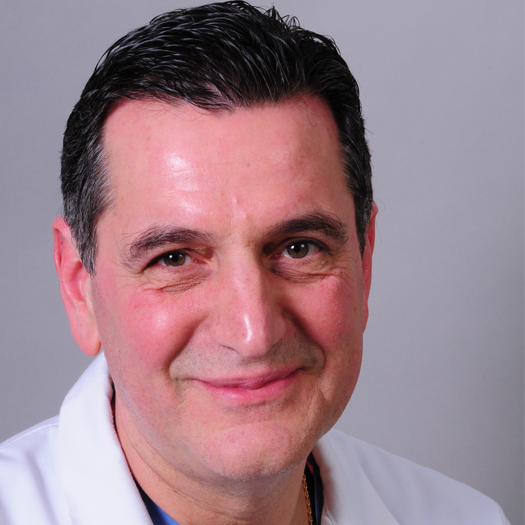Condition
Pediatric Respiratory Syncytial Virus (RSV)
Key points about respiratory syncytial virus (RSV)
- Respiratory syncytial virus is a viral illness that causes trouble breathing. It is more common in winter and early spring months.
- Most babies have been infected at least once by the time they are two years old. Babies can also be re-infected with the virus. Infection can happen again anytime throughout life.
- Treatment for RSV may include extra oxygen. This extra oxygen is given through a mask, nasal prongs or an oxygen tent. A child who is very ill may need to be put on a breathing machine (ventilator) to help with breathing.
- In high-risk babies, RSV can lead to severe respiratory illness and pneumonia. This may become life-threatening. Having respiratory syncytial virus as a baby may be linked to asthma later in childhood.
- Babies at high risk for RSV receive a medicine called palivizumab. Ask your child's health care provider if your child is at high risk for RSV.
Frequently Asked Questions
What is respiratory syncytial virus (RSV)?
What causes RSV in children?
Which children are at risk for RSV?
What are the symptoms of RSV in children?
How is RSV diagnosed in children?
How is RSV treated in children?
What are possible complications of RSV in children?
How can I help prevent RSV in my child?
When should I call my child's health care provider?

Respiratory Treatment at Children's National Hospital
The Division of Pulmonary Medicine provides comprehensive treatment for lung and breathing-related conditions. Discover more about the treatment we offer.

Providers Who Treat Respiratory Syncytial Virus (RSV)
 Aasha's Rare Gift Will Help Other Babies Grow up Healthy
Aasha's Rare Gift Will Help Other Babies Grow up HealthyTesting the descrption field
Departments that Treat Respiratory Syncytial Virus (RSV)

Pulmonary Medicine
Children’s National is ranked by U.S. News & World Report as one of the nation’s best pediatric hospitals for pulmonology and lung surgery because of our expertise in the field, and the quality of care provided to patients and their families.








